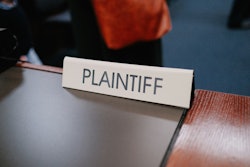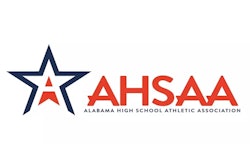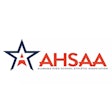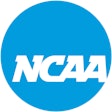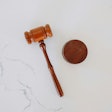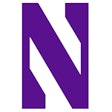The NCAA Softball Rules Committee, which met virtually last week, proposed implementing video review and allowing coaches to have two video review challenges beginning in the 2021-22 academic year.
There would be no requirement to use the video review rule, but if approved, it would be optional for all schools, conferences and tournaments to implement.
All rules proposals must be approved by the NCAA Playing Rules Oversight Panel, which is scheduled to discuss softball recommendations Aug. 12.
Over the past few years, conferences have experimented with video review in conference tournament games, including the Atlantic Coast, Southeastern and Sun Belt conferences during the recently completed 2021 season. Rules committee members have received positive feedback about the experimental rule and are recommending that video review become a permanent aspect of the game.
Under the proposal, each head coach would have two challenges to initiate a review for the entirety of the game. A coach must verbally or visually indicate a challenge request before the next pitch, before the pitcher and all infielders have clearly vacated their normal fielding position and left fair territory, or before the umpires have left the field of play.
The umpire crew chief also has the discretion to initiate a review of designated plays beginning with the sixth inning of a game.
The following plays can be subject to review via initiation by the crew chief or via a head coach’s challenge:
- Regarding batted balls (any ball higher than the top of the foul pole when it leaves the field cannot have that aspect reviewed):
- Deciding if a batted ball called fair is fair or foul.
- Deciding if a batted ball called foul should be a ground rule double, home run or hit-by-pitch.
- Deciding if a batted ball called fair and ruled not to have left the field of play did leave the field.
- Regarding pitched balls at the plate:
- Deciding if a pitch ruled a dropped third strike was caught before the ball touched the ground.
- Deciding whether a live or dead ball should be changed to a foul ball.
- Deciding whether a foul ball should be changed to a foul tip only with no base runners, or if it would result in a third out.
- Deciding whether a batter is hit by a pitch.
- Spectator interference.
- Obstruction and interference (including collisions).
- Deciding if malicious/flagrant contact occurred. Umpires may initiate this review without requiring a coach’s challenge at any point in the game to ensure student-athlete safety.
- Timing plays (deciding whether the base runner scored ahead of a third out).
- Force/tag play calls: Plays involving all runners acquiring the base before the defensive player’s attempt to put the runner out at any base.
- Blocked or dead ball/placement of runners: Deciding whether a ball not ruled blocked should be ruled blocked, and the proper placement of runners after any blocked or dead ball call.
- With no base runners, a no catch can be changed to a catch at any time. With runners on base, a no catch can be changed to a catch only if it results in a third out.
The following criteria would be used in games using video review:
- All equipment should be tested by appropriate personnel before each game.
- A ruling on the field will only be changed if there is indisputable video evidence to reverse the call. Absent that evidence, the original ruling on the field will stand.
- A review must be verbally or visually indicated before the next pitch, before the pitcher and all infielders have clearly vacated their normal fielding position and left fair territory, or before the umpires leave the field of play.
- Coaches have 30 seconds to verbally or visually lodge a challenge.
- The video review may be conducted on-site by the crew chief or by an off-field official at a centralized video review location.
- If video review is conducted on-site by the crew chief, the video review area shall not require an umpire to walk through spectators or dugouts to view the coverage. At least one umpire must remain on the field.
- During the video review, the defensive team shall maintain its position on the field and may warm up if desired. Offensive base runners and the on-deck hitter shall maintain their position. Other personnel shall remain in the dugout. Any defensive or offensive conferences will be charged as during any other part of the game.
- Once the review is completed, the crew chief will communicate the ruling to both head coaches and the official scorer. This should also be communicated to the broadcasting booth, if applicable, via the umpire who has a microphone. The following rulings are allowed:
- Ruling on the field is confirmed.
- Ruling on the field is reversed.
- Ruling stands due to no indisputable evidence to reverse it.
- If the reversing of a call results in the need for decisions on the placement of base runners, the crew chief shall use good judgment and/or the appropriate rule to determine where to place the runners as if the call had been made correctly.
- The final decision may not be argued by either coach. A coach who argues the final decision shall be immediately ejected.


















